Transylvania has much to offer travelers hungry for unique and breathtaking experiences, far from the beaten path of mainstream European tourism. This historic region of Romania, steeped in folklore and legends, is home to stunning medieval castles, colorful old towns with centuries-old architecture, and awe-inspiring natural landscapes.
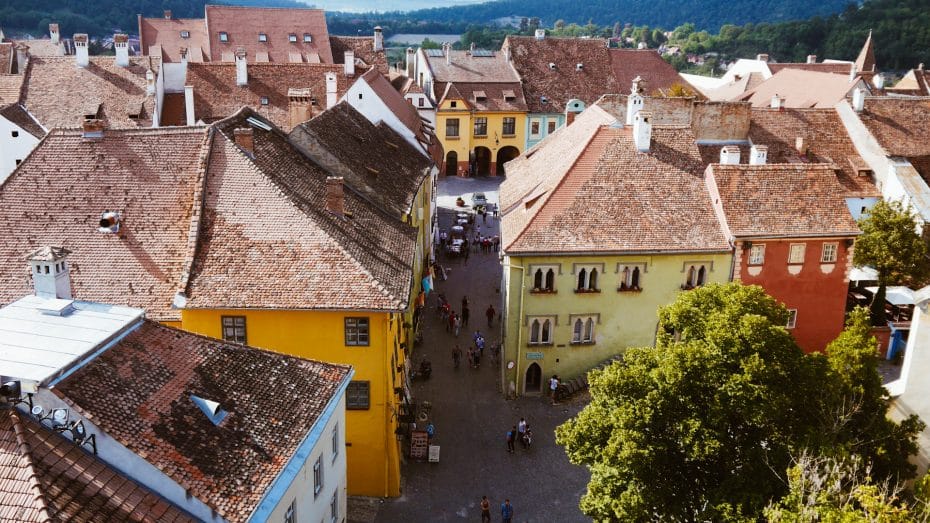
In this blog post, we have compiled the ultimate Transylvania bucket list – a collection of seven amazing places you can’t afford to miss when visiting this enchanting corner of the world. So lace up your travelling shoes and get ready to explore these hidden treasures that will make your trip an unforgettable adventure.
Where is Transylvania?
For ages, Transylvania has captured the imaginations of many around the world. Contrary to popular belief, Transylvania is not a fictional location but a real place in central Romania. The region is famous for its stunning landscapes, gothic castles, and medieval towns. Geographically, it is enclosed by the majestic Carpathian Mountains. Its name, “Transylvania,” is derived from Latin and means “the land beyond the forest.” Spanning an area of roughly 39,500 square miles, the region was once the easternmost territory of the Hungarian Kingdom until the early 20th century when it became part of modern Romania.
The Top 7 Places to Visit in Transylvania
1. Bran Castle: The Legend of Dracula’s Castle
Bran Castle, also known as “Dracula’s Castle,” is a must-see spot famous for its connection to the Dracula myth. Set in the stunning Romanian countryside, this legendary fortress promises fun, intrigue, and fantastic views.
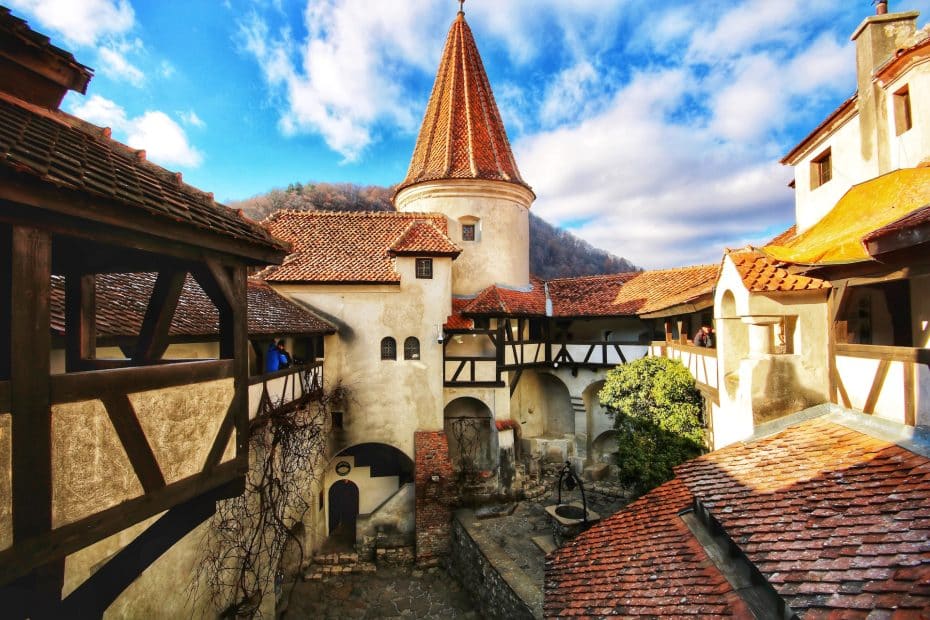
The history of Bran Castle stretches back to the 14th century. Its construction began around 1377 under the command of Louis I of Hungary. Although most famous for its ties to Dracula, it was used primarily as a defense against Ottoman Empire invasions and later as a customs border. Queen Marie of Romania acquired the castle in 1920, and it served as her retreat until 1938.
While visiting Bran Castle, explore its many rooms and secret passageways. Dive into fascinating exhibits filled with weaponry, armor, and an impressive art collection. Afterward, stroll through pristine gardens and soak up the awe-inspiring surroundings.
To reach Bran Castle, travel to Bran village in Brasov County, Romania. The easiest way to get there is by train from Bucharest to Brasov – the ride takes around two and a half hours. Once you arrive at Brasov station, you can catch one of the regular minibusses headed directly for Bran or hire a taxi for the remaining 18-mile journey.
2. Sibiu: Discover the Colorful Medieval Old Town
Discover the charm and beauty of Sibiu as you explore its medieval Old Town, famous for colorful buildings and baroque architecture. Sibiu will capture your heart with its cobbled streets and picturesque squares, ensuring it’s a must-see on your Transylvania bucket list.
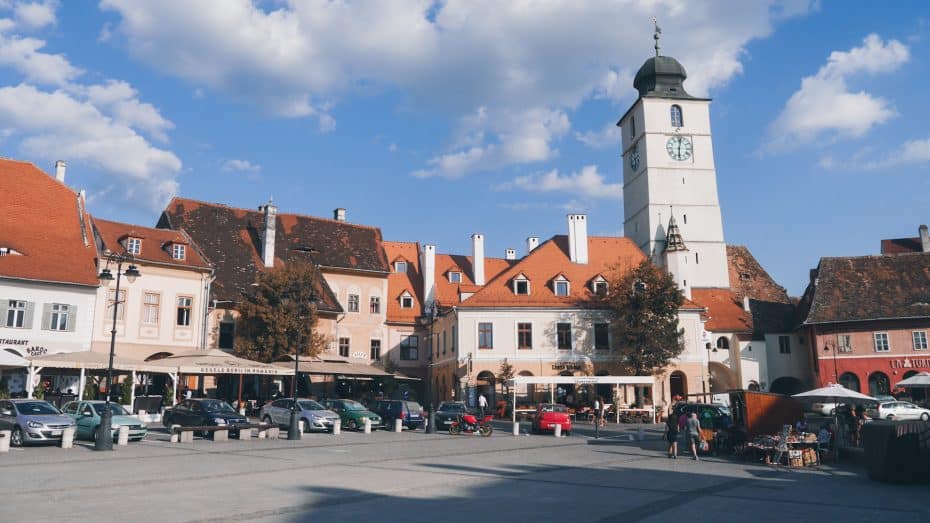
Founded in the 12th century by German settlers, Sibiu flourished during the Middle Ages and became a cultural center of the region. In 1411, construction of The Council Tower began, now an iconic symbol of the city. Sibiu served as the capital of the Principality of Transylvania between 1692 and 1791.
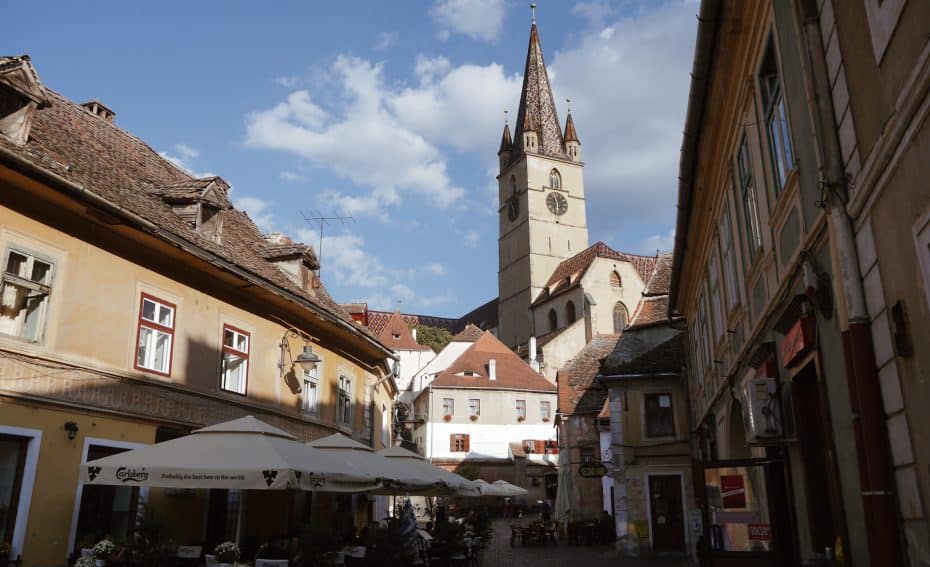
For an exciting day out, wander Sibiu’s streets to find hidden treasures, like the Bridge of Lies, and architectural wonders that harken back to medieval times. Take a moment to relax in one of the city’s lovely squares, such as Huet Square or Small Square.
The Bridge of Lies: Fun Facts about its Name
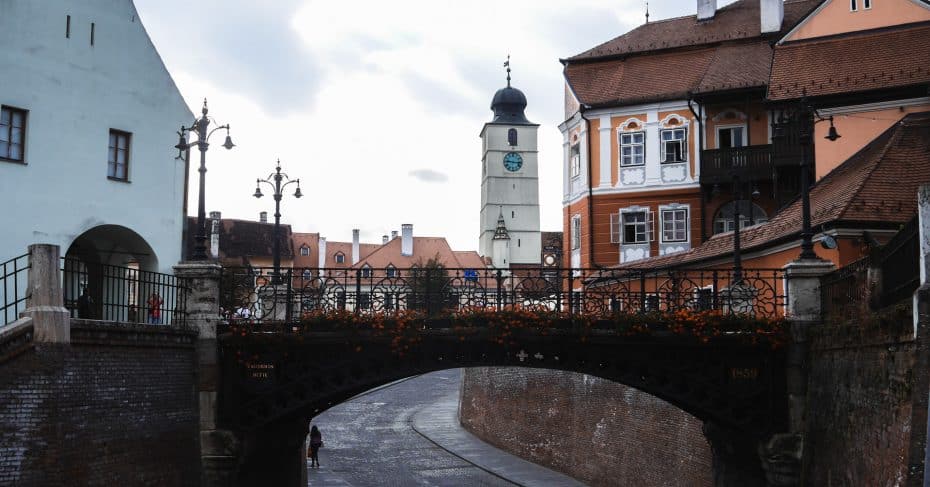
Many stories are linked to the Bridge of Lies due to its name. One famous legend claims the bridge will fall apart if someone lies on it. Another story is about merchants crossing the bridge to trick their customers, and those caught were thrown off the bridge. The bridge was also a meeting place for military academy students and their girlfriends, but the boys wouldn’t show up, leaving the girls waiting before realizing they had been lied to.
In another tale, young couples crossed the bridge and swore eternal love to each other, and girls claimed to be virgins. However, when these claims proved false after marriage, they were thrown off the bridge as punishment.
Despite these stories, the name of the bridge has a different origin. The structure was initially called Liegenbrücke in German, meaning “lying down” bridge. Its similar sound to Lügenbrücke (“bridge of lies”) helped spread the latter name among the people, resulting in its current name.
Sibiu is easily accessible by train from Bucharest or Cluj-Napoca through InterRegio trains.
3. Sighisoara: A UNESCO World Heritage Site
Sighisoara is a vibrant, pastel-colored town that captures the essence of Transylvania, making it a must-see destination. Famous for its beautifully preserved medieval architecture, this UNESCO World Heritage Site takes you back with its lively atmosphere and fascinating past.
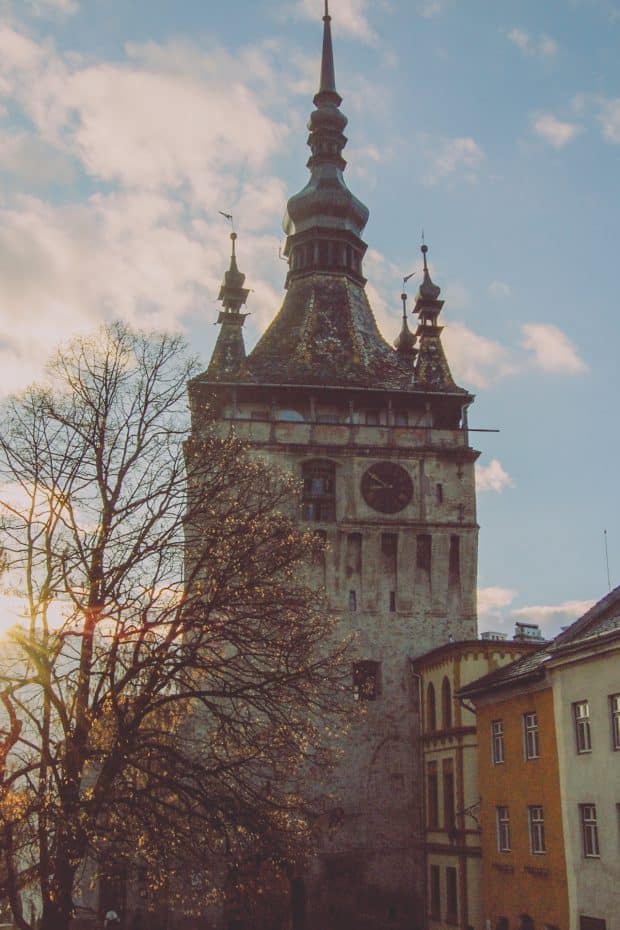
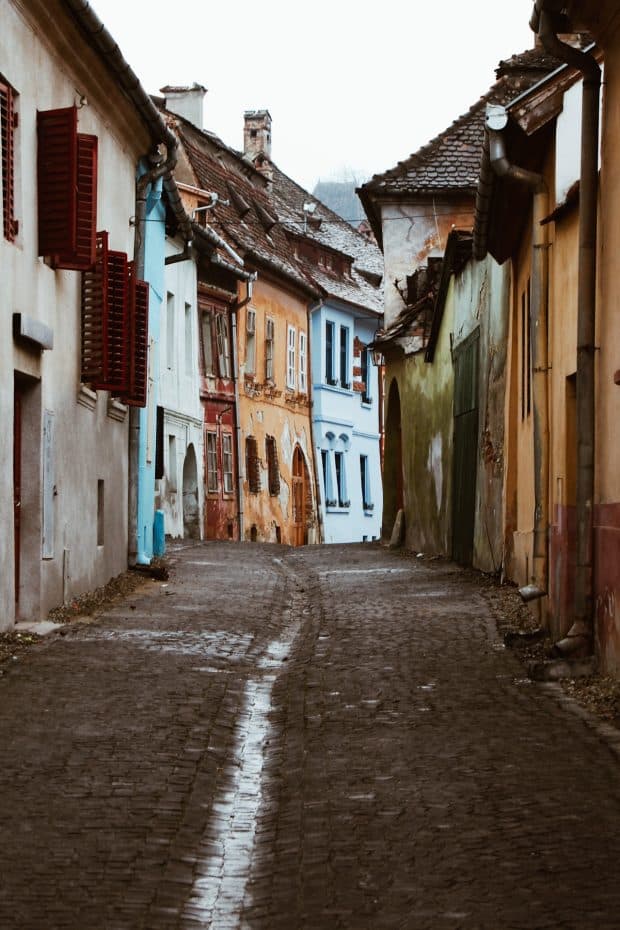
Established in the 13th century by Saxon settlers, Sighisoara has remained largely unchanged over the centuries. It was an important trade center during the Late Middle Ages and later gained fame as the birthplace of Vlad Tepes, aka Dracula. In 1999, UNESCO recognized Sighisoara for its exceptional preservation of medieval architectural styles.
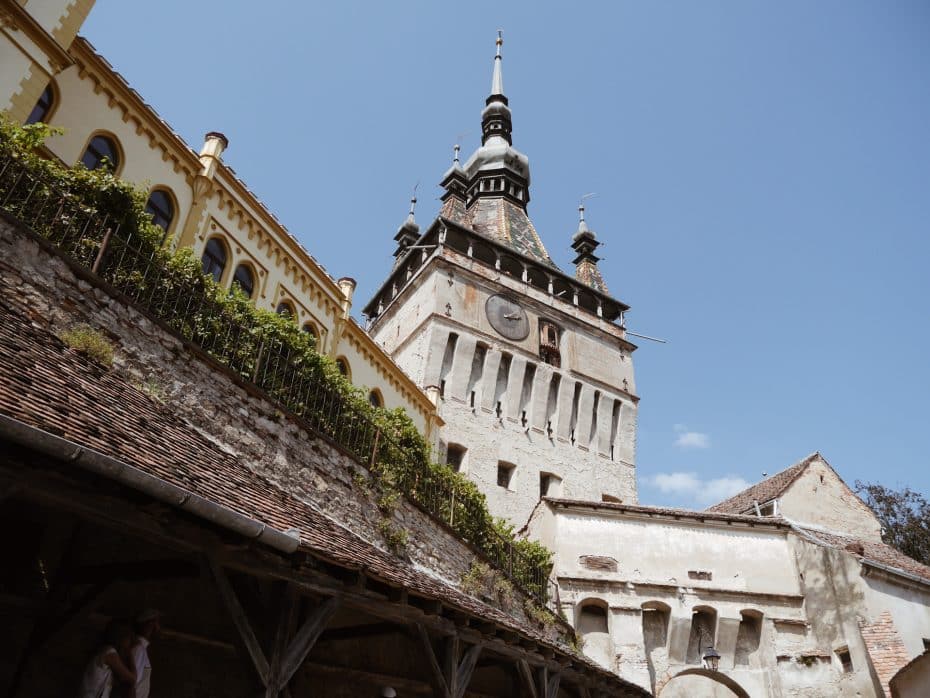
When visiting Sighisoara, start by exploring the Citadel, a well-preserved fortress dating back to the 12th century. Walk along its medieval walls and climb up the Clock Tower for stunning views of the surrounding countryside. Don’t forget to explore Stag House, where Vlad Tepes was born in 1431 and now houses a museum.
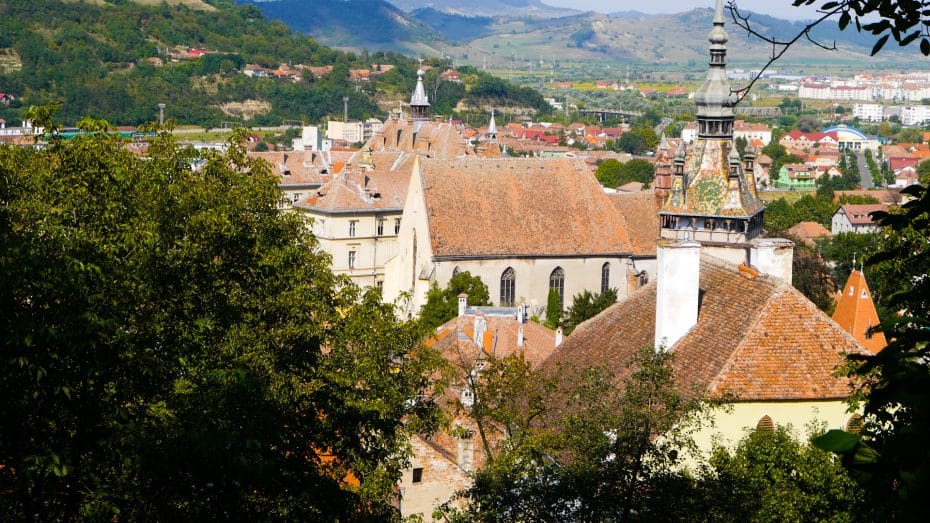
To reach Sighisoara from Bucharest, hop on a train from Gara de Nord Station heading towards Targu Mures. The journey takes approximately five hours but is well worth it as you’ll be rewarded with picturesque views of rural Romania.
4. Transfagarasan Highway: Romania’s Scenic Route
The Transfagarasan Highway is an absolute must-visit in Transylvania. This breathtaking, winding route has become famous for its incredible views of the untouched Romanian countryside, making it a perfect place to take a memorable road trip.
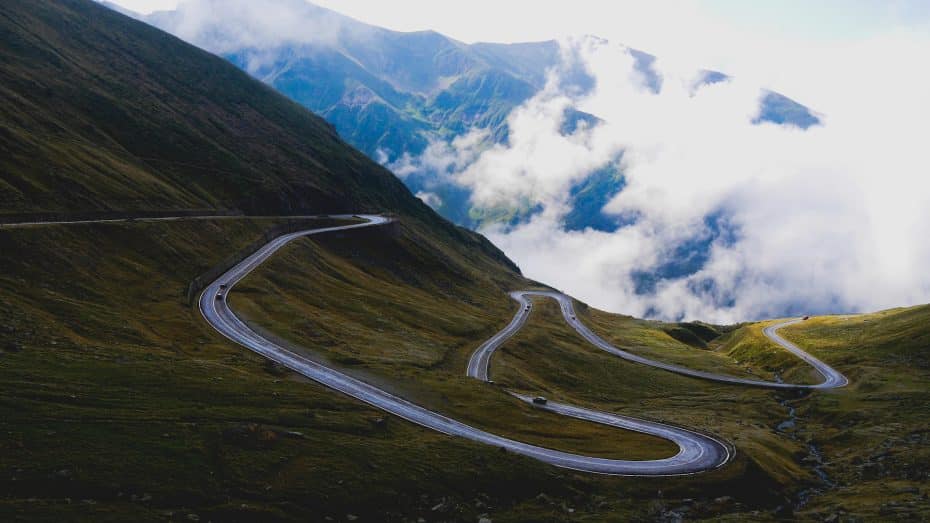
The Transfagarasan Highway was first constructed in the early 1970s under the command of Nicolae Ceaușescu – Romania’s former communist leader. Work on this remarkable project began on March 20, 1970, and took four long years to finish. The highway was built by more than 6,000 workers as a strategic military route during the Cold War and aimed to connect the historic regions of Transylvania and Wallachia through the spectacular Făgăraş Mountains.
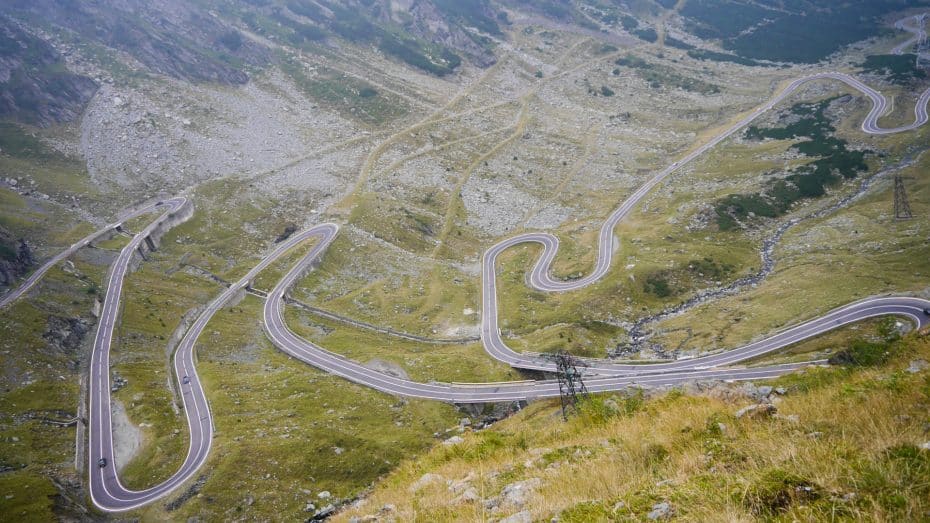
With its zigzagging serpentines set against dramatic mountain landscapes and picturesque valleys, it’s no wonder many people refer to it as “the best road in the world.” So make sure you park now and then – there are countless photo opportunities awaiting!
To begin your adventure on the Transfagarasan Highway, head to Pitesti in southern Romania. From there, drive towards Curtea de Arges and connect with Highway 7C (Transfagarasan). In approximately 60 km, you’ll reach Bascov Village – the starting point of this unforgettable journey.
5. Brasov: Explore its Historical Gems
Transylvania is home to many fascinating places, and Brasov stands out with its lovely architecture and picturesque streets.
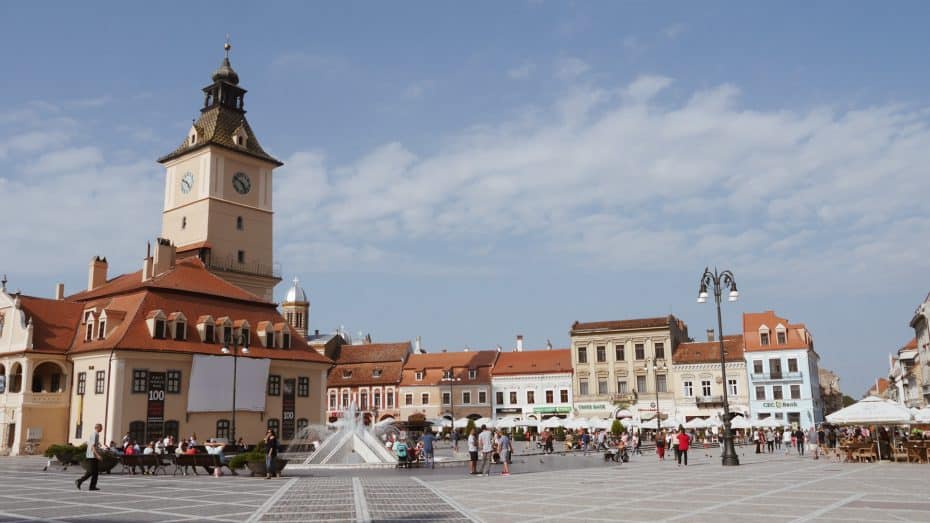
Founded by Teutonic Knights in 1211, Brasov was initially a military center and later developed into a commercial hub. Built in 1421, the iconic Black Church is one of the largest Gothic-style churches in southeastern Europe. Mount Tampa, overlooking the city, has been a prominent fortress site since 1625; today, it offers breathtaking views of the entire city.
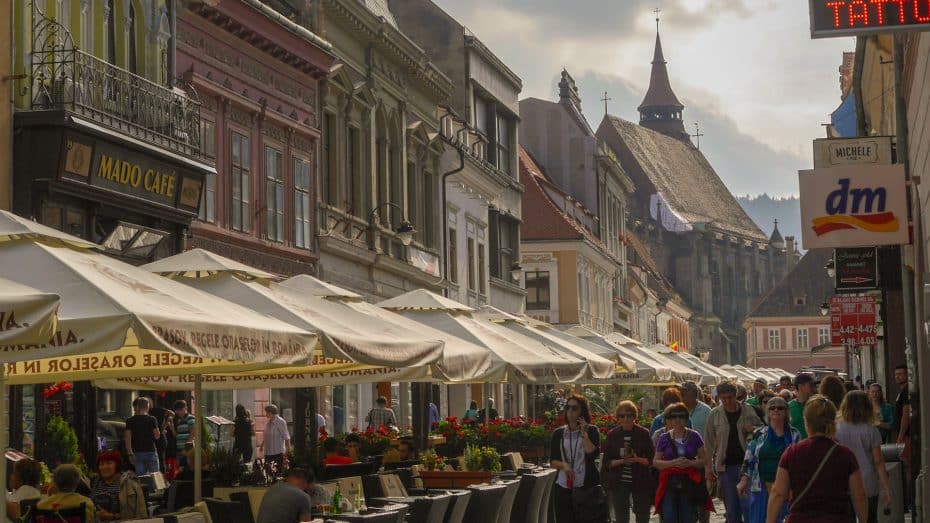
In Brasov, you can enjoy various activities, such as visiting the magnificent Black Church or taking a cable car up to Mount Tampa for exceptional views. Don’t miss out on exploring medieval bastions and visiting Council Square, home to colorful Baroque-style buildings.
Located in central Romania, Brasov is easily accessible by road or rail from major cities like Bucharest and Cluj-Napoca. Direct trains run regularly from Bucharest’s Gara de Nord station to Brasov’s railway station (about 2h30m-3h30m travel time). If you prefer traveling by car, the E60 highway connects Bucharest with Brasov, a drive of approximately three hours.
6. Cluj-Napoca: Culture and Nightlife
Cluj-Napoca is a dynamic city, well-known for its energetic arts scene and fashionable cafes that line the streets. Home to an electric nightlife, this city lives up to its reputation as one of the must-visit places in Transylvania.
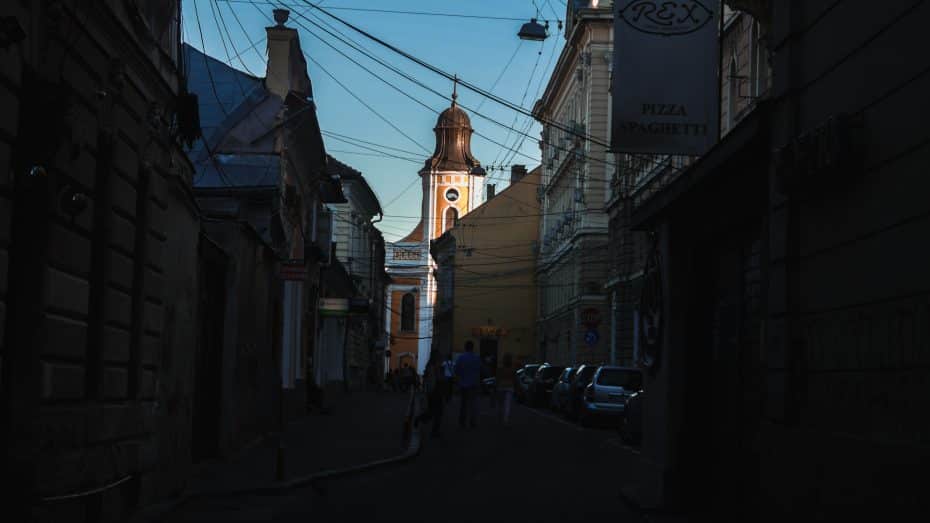
Founded in the 2nd century AD, the city was once the capital of Dacia Porolissensis, a territory conquered by the Romans. Mathias Corvinus, who later became King of Hungary, was born in the city in 1443.
While in Cluj-Napoca, there are plenty of activities to engage in. Explore captivating museums like the Banffy Palace or spend your nights sampling local cuisine at trendy pubs and clubs. Include St. Michael’s Church and the Turda Salt Mine located close by.
To reach Cluj-Napoca, you can fly into Avram Iancu International Airport, which connects to various European cities. From here, public transport like buses (line 8) can carry you into town. Alternatively, if traveling by train from Romania or nearby countries, arrive at Cluj-Napoca railway station.
7. Peles Castle: Experience Royal Elegance in a Mountain Retreat
Peles Castle is famous for its stunning architectural beauty and extravagant interiors that transport you to a royal era. Well-known for its extensive European art collection, this mountain retreat offers a fun and engaging trip into history.
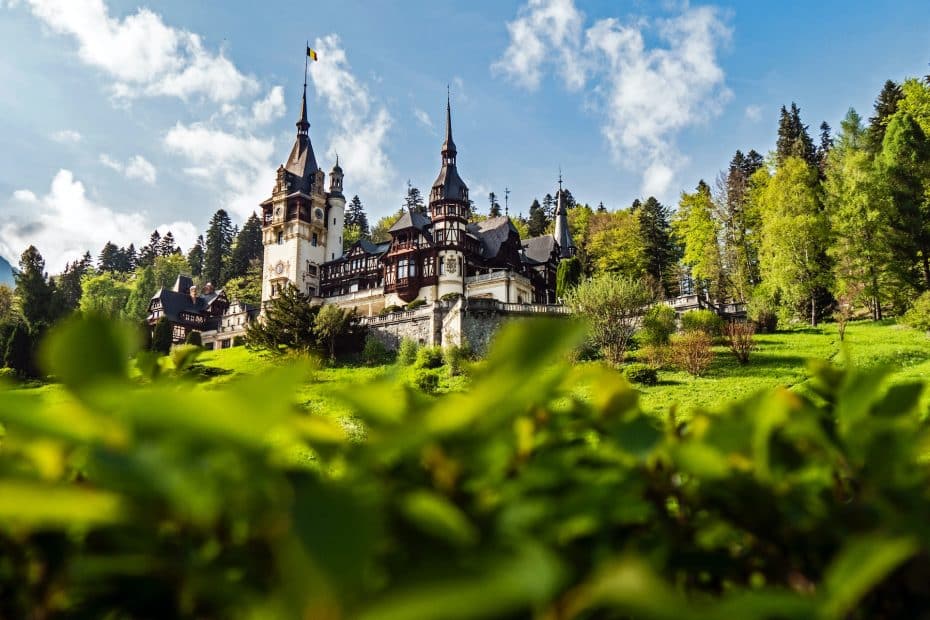
The castle was built between 1873 and 1914 by King Carol I and later served as the summer residence for the Romanian royal family. It played host to key figures such as composer George Enescu and former Prime Ministers Winston Churchill and Charles de Gaulle.
For a fulfilling day at Peles Castle, explore the various exhibitions throughout its breathtaking rooms. Admire the craftsmanship of the Arms Room, discover the castle’s hidden passages, or relax in the beautifully maintained terraced gardens. You may also attend a classical music concert within its lavish halls.
Peles Castle is located near Sinaia, in central Romania. The easiest way of reaching it is by car or train – Romania’s CFR train service runs regularly from Bucharest Gara de Nord station to Sinaia train station. Once you arrive in Sinaia, taxis or local buses will conveniently take you to the castle entrance.



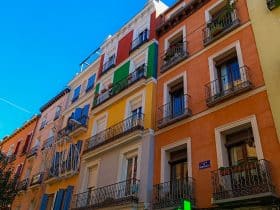
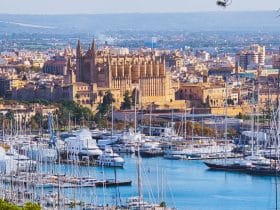

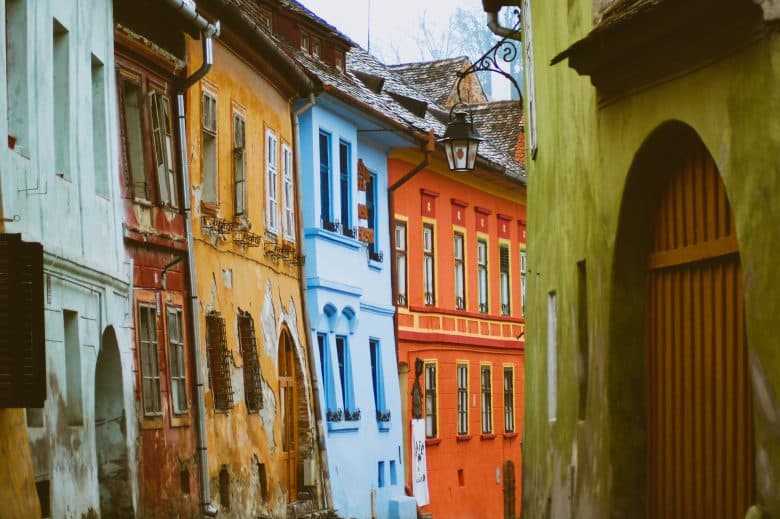
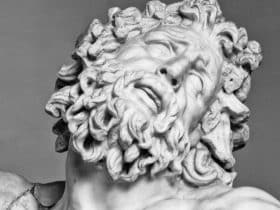
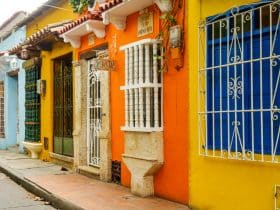









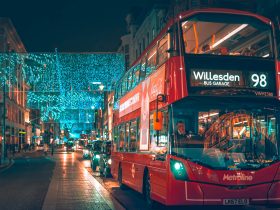



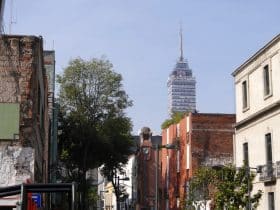
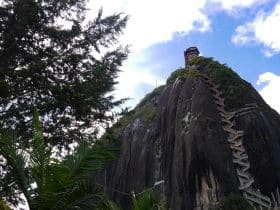
Leave a Reply
View Comments